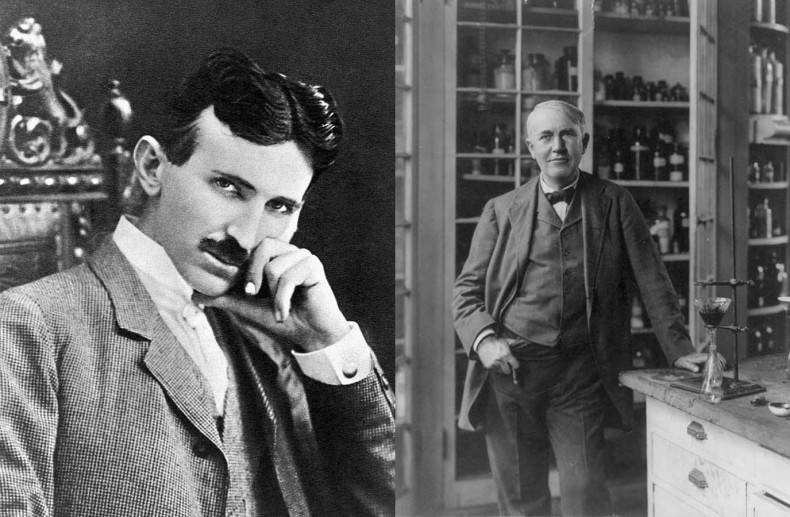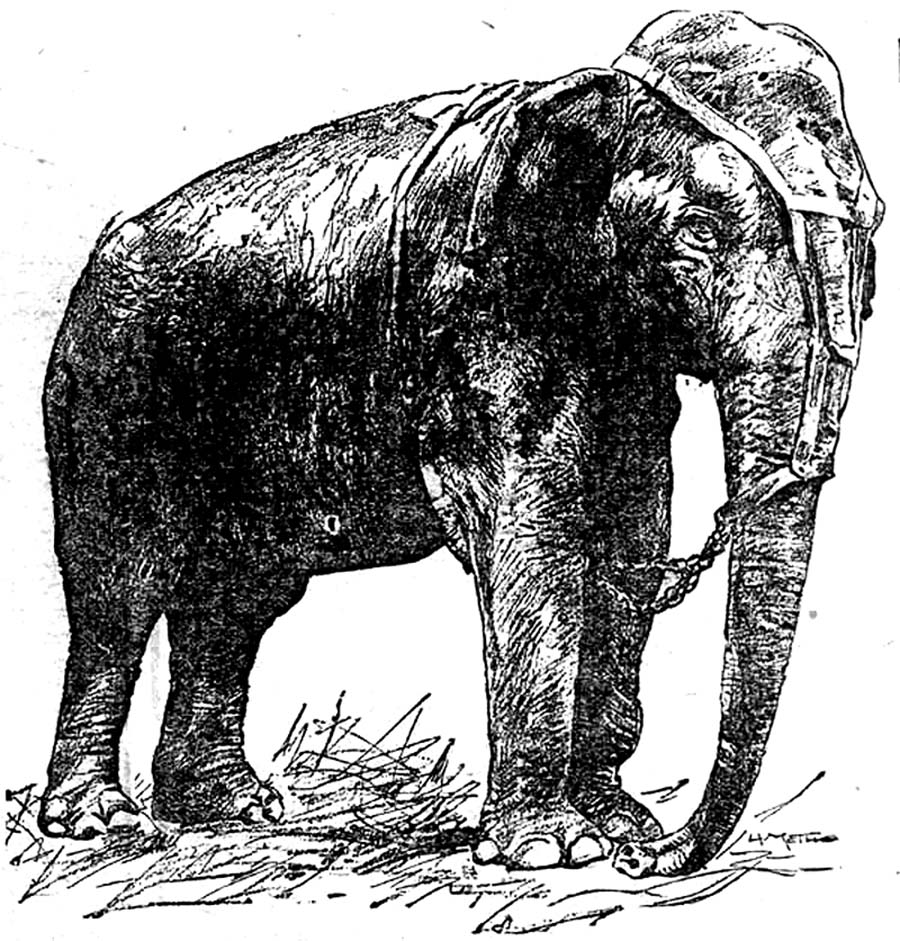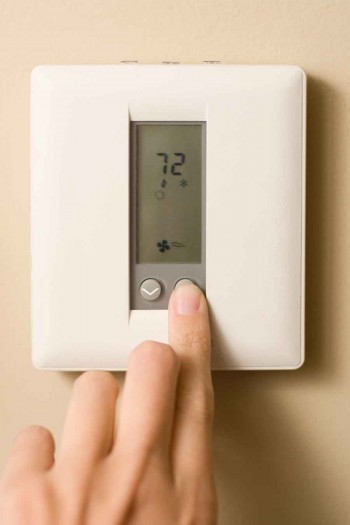The AC/DC Power Struggle
And we don’t mean the band
By Brian SlobodaNikola Tesla and Thomas Edison
In the late 1880s, a war was being waged in the United States. It was not the Civil War, as it had ended in 1865 and hostilities with Spain would wait another decade. This “War of Currents” was between Thomas Edison and Nikola Tesla.
Edison and Tesla were both famous inventors and visionaries. Edison developed a system of delivering electricity known as direct current, or DC. DC flows in one direction and was the U.S. standard in the early days of electricity. However, DC did not allow for the increase or decrease of voltage. Nikola Tesla believed that alternating current, or AC, was the ideal method to distribute electricity to consumers because the voltage could easily be increased or decreased by using a transformer.
The deciding battle took place in Chicago at the 1893 World’s Fair. Edison’s company, General Electric, requested $554,000 to light the fair using DC. Tesla and his ally George Westinghouse bid $399,000. Tesla won the bid, and AC found its way into our lives. Afterwards, the war ended, and General Electric adopted AC. The rest is history.
However, it can be argued that direct current is making a comeback of sorts. Batteries and solid state devices, such as computers, solar panels and LED lights, all use direct current. And today, scientists are testing the idea of increased use of direct current. Using DC directly could allow power that is generated by solar panels or stored in a battery to be used more efficiently. There are a small but growing number of test sites around the country looking into this concept.
A home operating completely on DC is most likely not practical today, as most appliances do require AC. However, using a dedicated DC circuit within a home that can effectively use the power generated by solar panels could be something that is useful within the next few years. A circuit powered by solar panels serving LEDs, motors, computers or similar devices could use the power more efficiently. Keys to adoption will be cost, safety and demonstrated efficiency gains.
Electric co-ops are monitoring and researching the issue through their national trade association, the National Rural Electric Cooperative Association (NRECA). It is too early to tell what the long-term impact will be for consumers on a daily basis, but it does show that all ideas worth considering are being explored to deliver safe, reliable and efficient electricity to co-op members.
-
Share this story:





